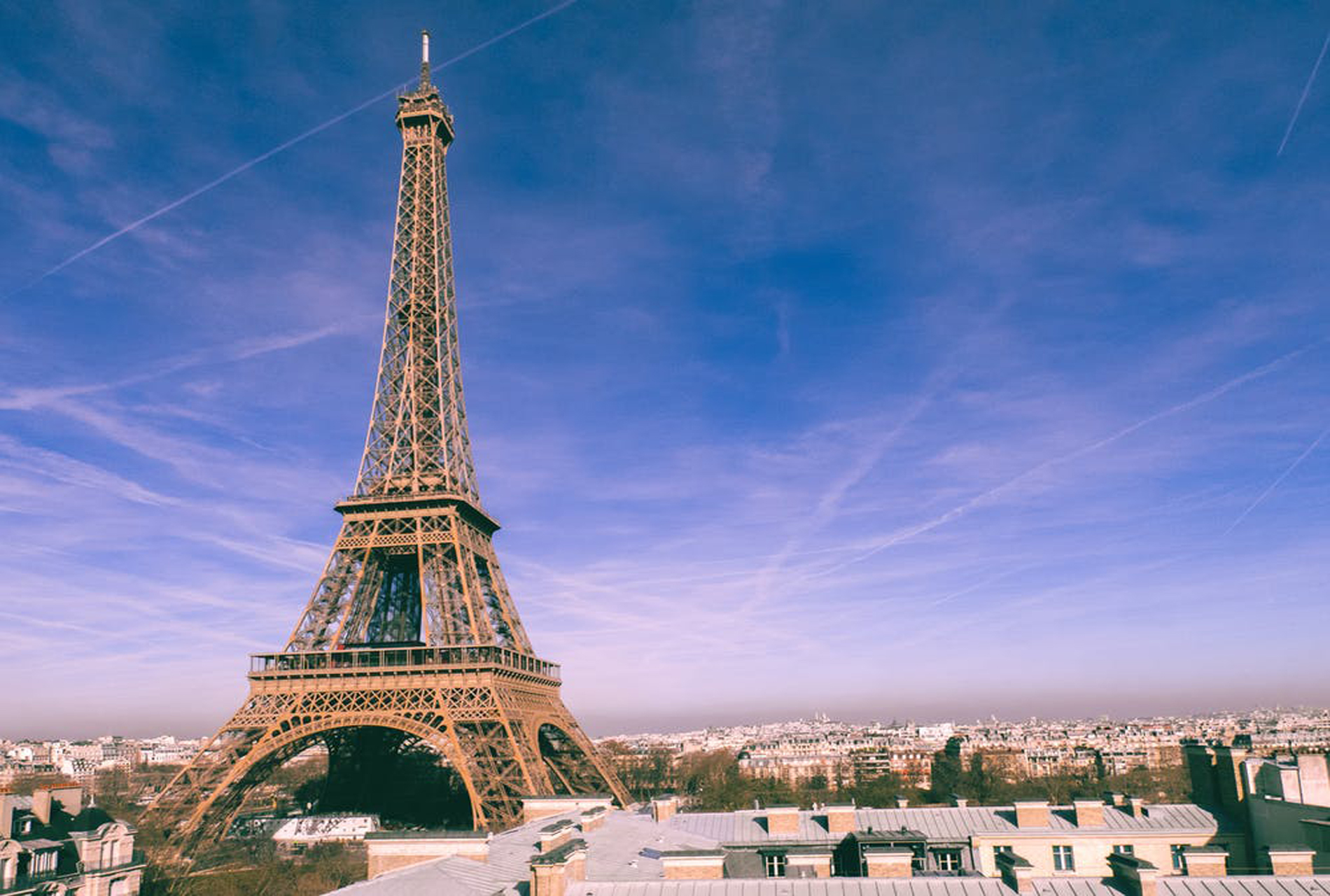

Located in the southeastern Pacific Ocean, Easter Island, also known as Rapa Nui, is famous for immense, carved stone statues called moai. A completed moai is made of three parts: a large yellow body, a red hat or topknot (called pukao), and white inset eyes with a coral iris. Approximately 1,000 of these sculptures, shaped with humanoid faces and torsos, were created, most of which range between 6 and 33 feet tall and weighing several tons. Carving of the moai is thought to have begun shortly after people arrived on the island ca. 1200, and ended ca. 1650. Take a look at some of what science has learned about the Easter Island moai, how they were made, and the methods used to move them into place. Probably the least known aspect of the Easter Island moai is that some of them were decorated with elaborate carvings, and quite likely many more were than we know about today. Similar petroglyphs are known from carvings in the volcanic bedrock around Rapa Nui, but exposure of the volcanic tuff on the statues has weathered the surfaces and perhaps destroying many carvings. Photogrammetry modeling of an example in the British Museum—which was carved out of hard grey flow lava rather than the soft volcanic tuff—reveal detailed carvings on the statue's back and shoulders. Between 1200 and 1550, about 500 moai were moved out of the Rano Raraku quarry by the islanders for distances of up to 11 miles, a truly massive undertaking. Theories about moving the moai have been addressed by several scholars over the decades of research on Easter Island. Since the 1950s, various experiments moving moai replicas have been attempted by methods like using wooden sleds to drag them around. Some scholars argued that using palm trees for this process deforested the island, however, that theory has been debunked for many reasons. The most recent and successful moai moving experiment, in 2013, involved a team of archaeologists wielding ropes to rock a replica statue down the road as it stood erect. Such a method echoes what the oral traditions on Rapa Nui tell us; local legends say the moai walked from the quarry. In some cases, the Easter Island moai were placed in arranged groups on ahu platforms painstakingly constructed from small, water-rolled beach boulders (called poro) and walls of dressed flow lava stone. In front of some of the platforms are ramps and pavements which may have been built to facilitate the placement of the statues, and then veneered once the statue was in place. Poro are found only on beaches, and aside from the statues, their primary use was as pavement for sea slipways or boat-shaped houses. It's possible that using a combination of beach and inland resources to construct the moai had great cultural significance to the islanders.
| 1 | Province | : | Isla de Pascua | ||
|---|---|---|---|---|---|
| 2 | Tall | : | 6 and 33 feet tall | ||
| 3 | Moai | : | 900 Moai | ||
| 4 | Average Statue | : | 13 feet tall | ||
| 5 | Weight | : | 14 tons | ||
| 6 | Country | : | Chile |

The Eiffel Tower is the most visually famous structure in France, perhaps in Europe, and has seen over 200 million visitors. Yet it wasn’t supposed to be permanent and the fact it still stands is down to a willingness to accept new technology which was how the thing came to be built in the first place.
Read More